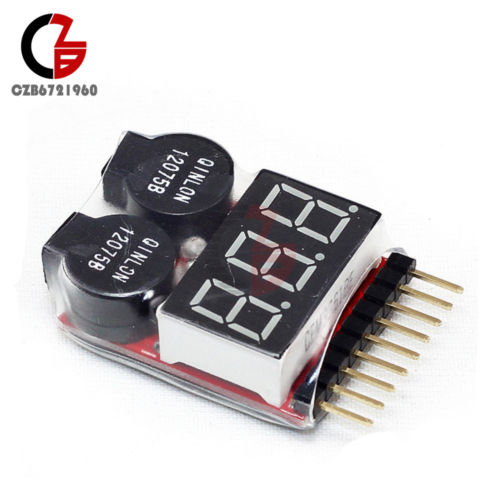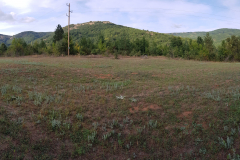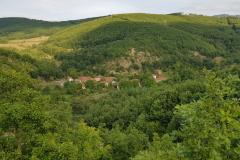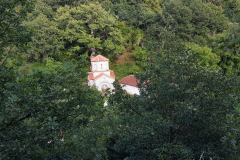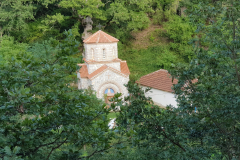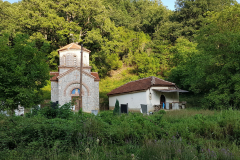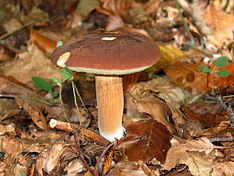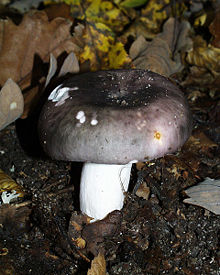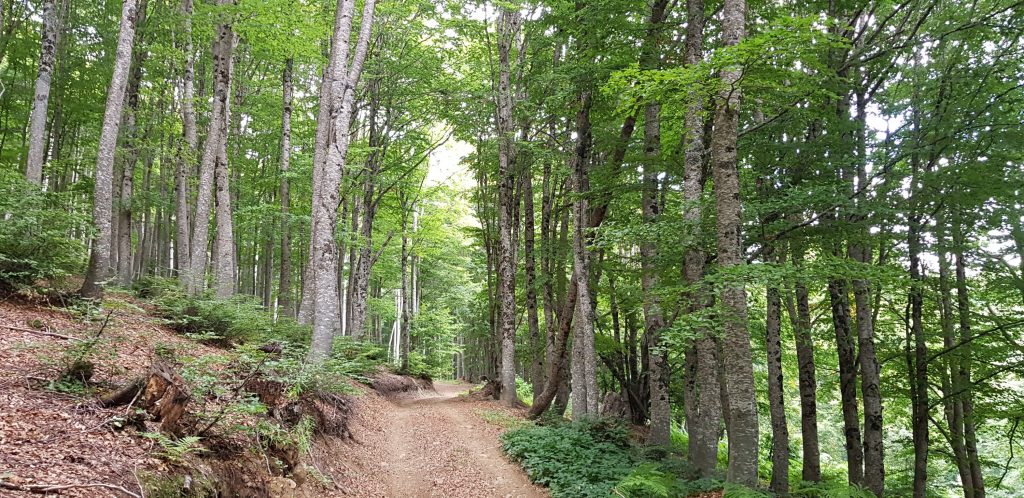Concise Oxford English Dictionary
retaliate
rɪ‘talɪeɪt■ verb make an attack in return for a similar attack.
retaliation noun
retaliative adjective
retaliator noun
retaliatory adjective
C17 (earlier (C16) as retaliation): from L. retaliat-, retaliare ‘return in kind’.
…
Concise Oxford Thesaurus
retaliate
▶ verb FIGHT BACK, hit back, respond, react, reply, reciprocate, counter-attack, return like for like, get back at someone, give tit for tat, give someone a taste of their own medicine; have/get/take one’s revenge, be revenged, avenge oneself, take reprisals, get even, pay someone back; informal get one’s own back; archaic give someone a Roland for an Oliver.
…
EngMac
retaliate
v. враќа мило за драго, се осветува; одмаздува
…
English-Serbian dictionary
Retaliate
Protivtuzba-Osvetiti Se
…
Merriam-Webster Collegiate® Dictionary
re·tal·i·ate
transitive verb : to repay (as an injury) in kind
intransitive verb : to return like for like
especially : to get revenge
synonyms see
RECIPROCATE
–re·tal·i·a·tion \ri-
ˌta-lē-
‘ā-sh
ən,
ˌrē-\
noun
–re·tal·i·a·tive \ri-
‘ta-lē-
ˌā-tiv\
adjective
–re·tal·ia·to·ry \-
‘tal-y
ə–
ˌto
̇r-ē, –
‘ta-lē-
ə-\
adjective

